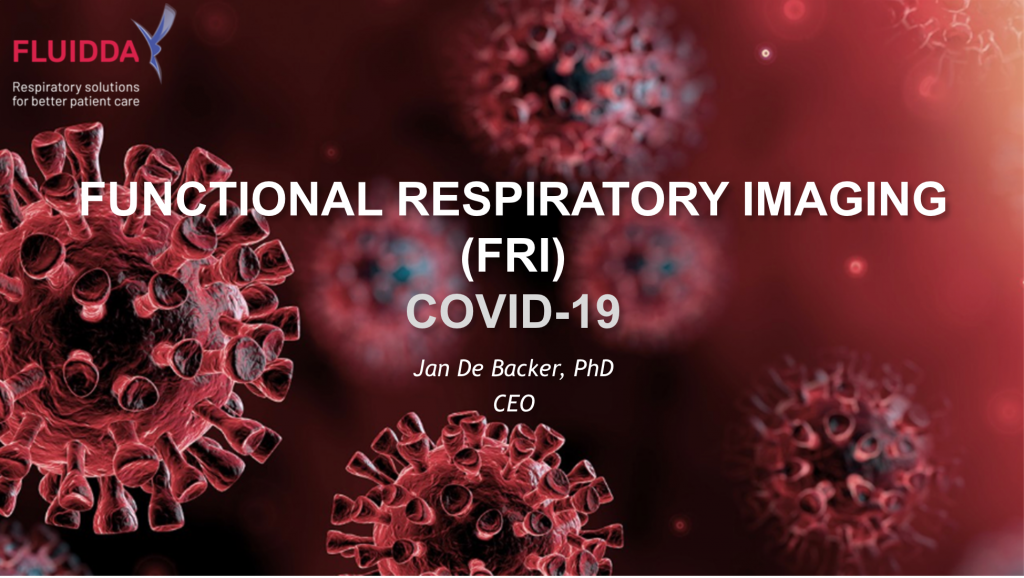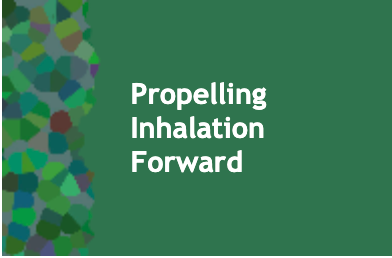Jenkins responded with a caution that the ubiquity of COVID-19 could actually detract from attention to rare pulmonary diseases such as IPF, positing that “we might have to remind people that there is more to respiratory diseases than COVID.” De Backer and Glassberg noted that the vascular abnormalities detected by FRI in the lungs of patients with COVID-related acute respiratory distress syndrome are also likely to be present in other lung diseases, a factor that needs more research.
In response to a question about the effectiveness of inhaled drugs in COVID, De Backer reported that CT data showed reductions in lung capacity in COVID patients often lagged vascular problems by enough time that inhaled drugs would likely still be useful in early disease. He added that their hypothesis is that the vascular damage probably starts with vasoconstriction and not a clot, which could offer insights to lung disease in general. Jenkins agreed, saying that he wouldn’t be surprised if the vascular damage resulted from a secreted vasoconstrictor.
On the question of whether fibrosis drugs could be useful for COVID, Jenkins pointed out that those drugs are only useful for slowing the progression of disease, not for treatment of stable disease; so it is hard to know without knowing more about COVID. Glassberg concurred, saying that she was skeptical that drugs for fibrosis would work but that we really don’t know at this point.
Beyond the Fluidda paper and the panel discussion, RDD 2021 included very little COVID-19 research, with only a couple of posters addressing the pandemic.
Sustainability
The second knowledge space, “Propelling Inhalation Forward: Tools to Facilitate Low GWP Propellant Transition,” generated a somewhat wider discussion on a topic that has been a major focus since Mexichem (now Koura) announced that it was investigating the possibility of using HFA 152a as an MDI propellant at DDL in 2016.
The Propelling Inhalation Forward live discussion featured the authors of three presentations on the topic: Steve Stein and Ben Myatt of Kindeva Drug Delivery (“Experimental and Theoretical Investigations of pMDI Atomization and Plume Characteristics Using Alternative Propellants”); Joseph Camm of Canterbury Christ Church University (“A Thermodynamic Framework to Predict Thermophysical Properties that Control pMDI Aerosol Generation”); and Daniel Duke of Monash University (“Combining Modelling with Advanced Experimental Techniques to Optimize Formulation and Nozzle Design for Low GWP pMDIs”).
Panelists discussed a variety of issues related to the upcoming transition to HFA 152a ranging from the effect of recent moves by the US Environmental Protection Agency (EPA) to limit HFCs to whether the new propellant would require changes to MDI components to differences in aerosolization between 134a and 152a and how best to model the plume. In response to a question about the flammability of 152a, the panelists generally agreed that it would not likely be a problem for patient acceptability, especially given that ethanol is already used in formulations. Duke noted the potential for blending propellants, suggesting that such blending might be necessary for some formulations.
The topic of low GWP propellants also came up in several other live sessions. The Posters on the Podium live session included Harry Scott of Monash who answered questions about his poster “Using The Plateau-Rayleigh Instability To Produce HFA152a Droplets”; and the Conversations with Workshop Presenters live session allowed delegates to get additional information from presenters of three workshops that addressed low GWP propellants: Koura’s workshop on “HFA-152a From The Laboratory To Commercial Production – A Practical Guide”; Aptar Pharma‘s “Next Generation Of Low CO2 Footprint Inhalers – How Can We Manage The Transition Together?”; and Recipharm on “Greening Up Our Act To Secure Supply: Supporting Pharma To Move Towards More Environmentally Friendly Propellants.”




